The Environment and Our Stoves
There is some confusion regarding the use of wood and pellet stoves and the environment. Let’s briefly explain the most important points:
- The use of biomass
- Emissions from stoves
- The production of a stove

The Use of Biomass
Stoves use wood and/or pellets. Wood is a renewable material that grows naturally. Of course, there is limited growth, but the growth in the US and Canada, and even in Europe, should not be underestimated. All the wood that grows is far too much just to be burnt in stoves for home heating, even if that consumption were to increase sharply.
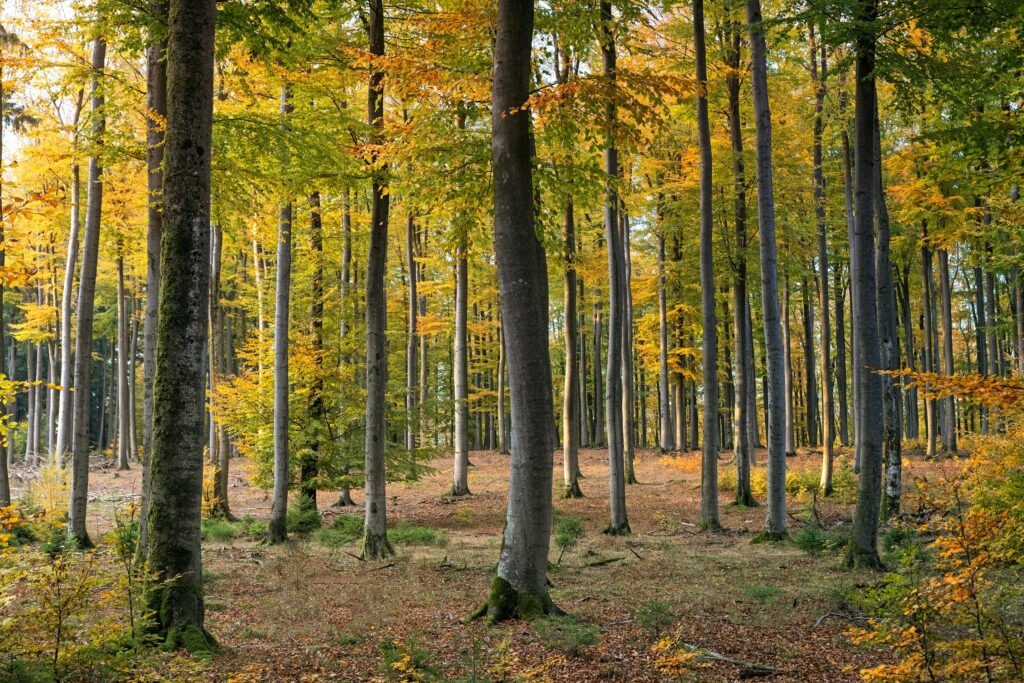
Well-maintained forests
Wood can be used for many purposes, including building houses. Such processing leads to residual wood, sawdust, etc. In addition, crooked and small trees cannot be used well other than in wood materials that require energy-intensive processing with, among other things, environmentally harmful glues.
This residual wood can be used perfectly as firewood and as a raw material for pressing pellets. Pellets are pressed material made from small wood and other biomass, such as from plants, shavings.
Not using wood means not maintaining forests, which can lead to enormous forest fires with all the consequences for the environment, including the climate, with enormous emissions of CO2, soot, and the destruction of nature and potential biodiversity. The use of wood, especially as a building material and fuel, is a natural part of the cooperation between humans and nature.
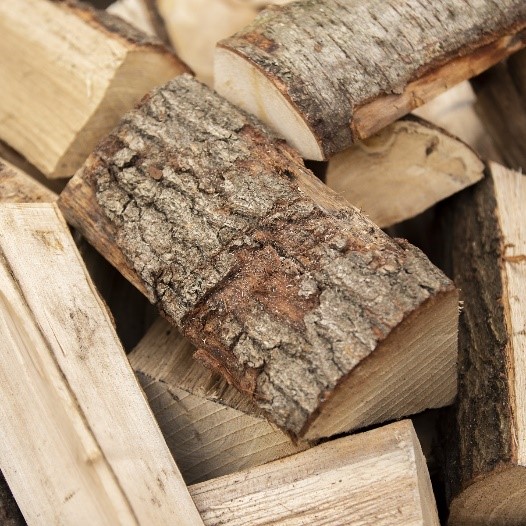
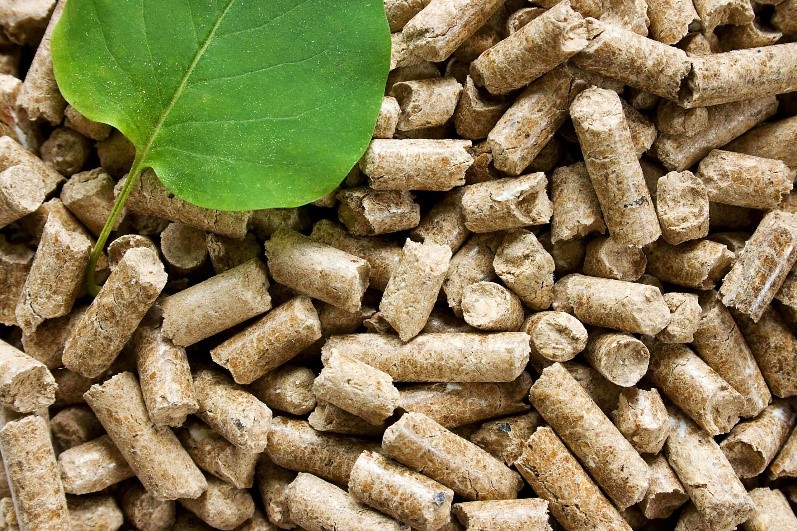
Firewood and Pellets: made from residual materials from forestry
Heating with wood and pellets and the consequences for the climate
Heating with wood and pellets not only contributes to the CO2 balance because less heat needs to be supplied by large power plants, but it also prevents the need to build enormous overcapacity to meet peak heat and electricity demand in winter. Consider the dark months when it is often windless and, of course, there is very little sunlight. In German, there is already a specific term for this: “Dunkelflaute” (dark doldrums).
To cover the demand in these months, a gigantic overcapacity of power plants, wind farms, and solar parks is needed. These power plants and wind and solar parks are only needed for a few weeks a year. For the rest of the time, they disrupt the market by dumping far too much energy onto the market, especially in the summer months.
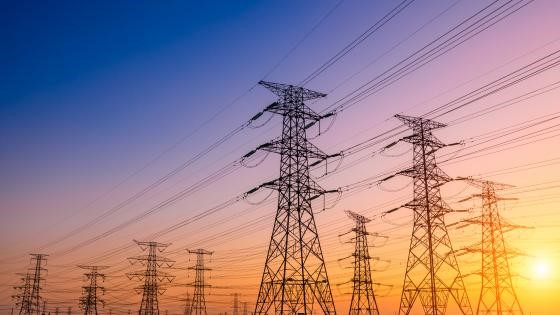
Solar and wind power are leading to a strong
expansion of the electricity grid
These investment costs in this overcapacity are passed on to you as a customer by the energy companies through an ever-increasing bill for the electricity or heat network. You therefore pay all year round for electricity and heat that you only need for a few weeks. And this bill grows year by year, the more renewable energy is used, without the winter peaks being met by, not at least example, stoves. If every household had a good stove for their heating needs that is used in the winter months, an incredible amount of money could be saved.
These costs are not clearly visible because they are hidden in the bill for the electricity grid and heat network, not so much in consumption of actual used electricity or heat. Consumption is also becoming increasingly expensive, but it is only the smaller part of all the costs that are now coming our way.
There is an unfortunate battle for biomass. Large coal-fired power plants also want to become “clean” and use charcoal instead of coal, or co-fire with pellets. This is energetically blasphemous. A good power plant has an efficiency of under 44% because heat is first converted into steam, which then generates electricity. A good stove has 80%. In addition, the energy from a power plant still has to be transported, with losses and over-expensive networks. This is not necessary with your stove.
Emissions from stoves
Unfortunately, many stoves do have a real problem with emissions, especially with fine particulate matter. Burning wood in older stoves is mainly to blame for this. But “incorrect” burning of wood in new stoves also contributes to this. If damp wood is used, too little wood, too much wood, or if the fire is stoked with too little air, it will emit much more fine particulate matter than necessary. Therefore, always ensure well-split, dry wood and stoke with sufficient air supply.
Economic heating means stoking with sufficient air supply. Our heat-accumulating stoves are ideal here: you do not need to “save” the heat from the wood or pellets. The stove does this for you! It distributes the heat from the wood or pellets over many hours. It should also be mentioned that burning pellets generally speaking leads to significantly lower fine particulate matter emissions.
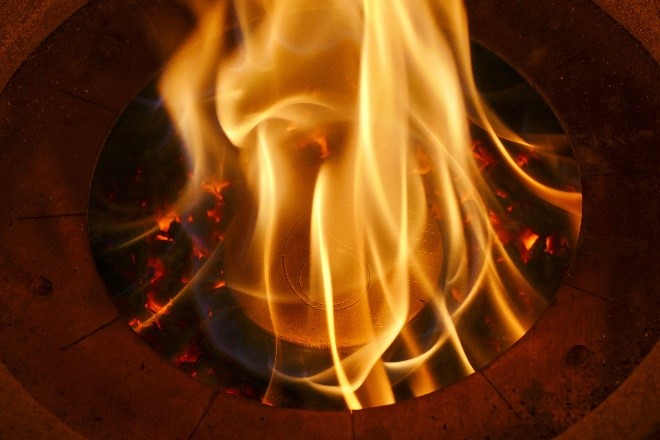
Very clean-burning pellets
We are also proud that our pellet burners are world class regarding emissions of fine particulate matter. This is due to the special, patented micro-gasification technology. Here too, our heat-accumulating stoves are very well suited for this type of combustion: a lot of heat is released, which is absorbed by the mass of the stove and distributed throughout your room over many hours.
The production of a stove
Stoves that are mainly made of steel or cast iron naturally have a considerable ecological footprint. To make this steel, a lot of “mining” must first be done, after which a very energy-intensive process is required to make iron or steel. This applies much less to stoves made of soapstone. Soapstone has already been “made” by the earth itself through millions of years of pressure and high temperatures. We only must saw it right from the rocks. The ecological footprint of the production process of a soapstone stove is therefore very low.
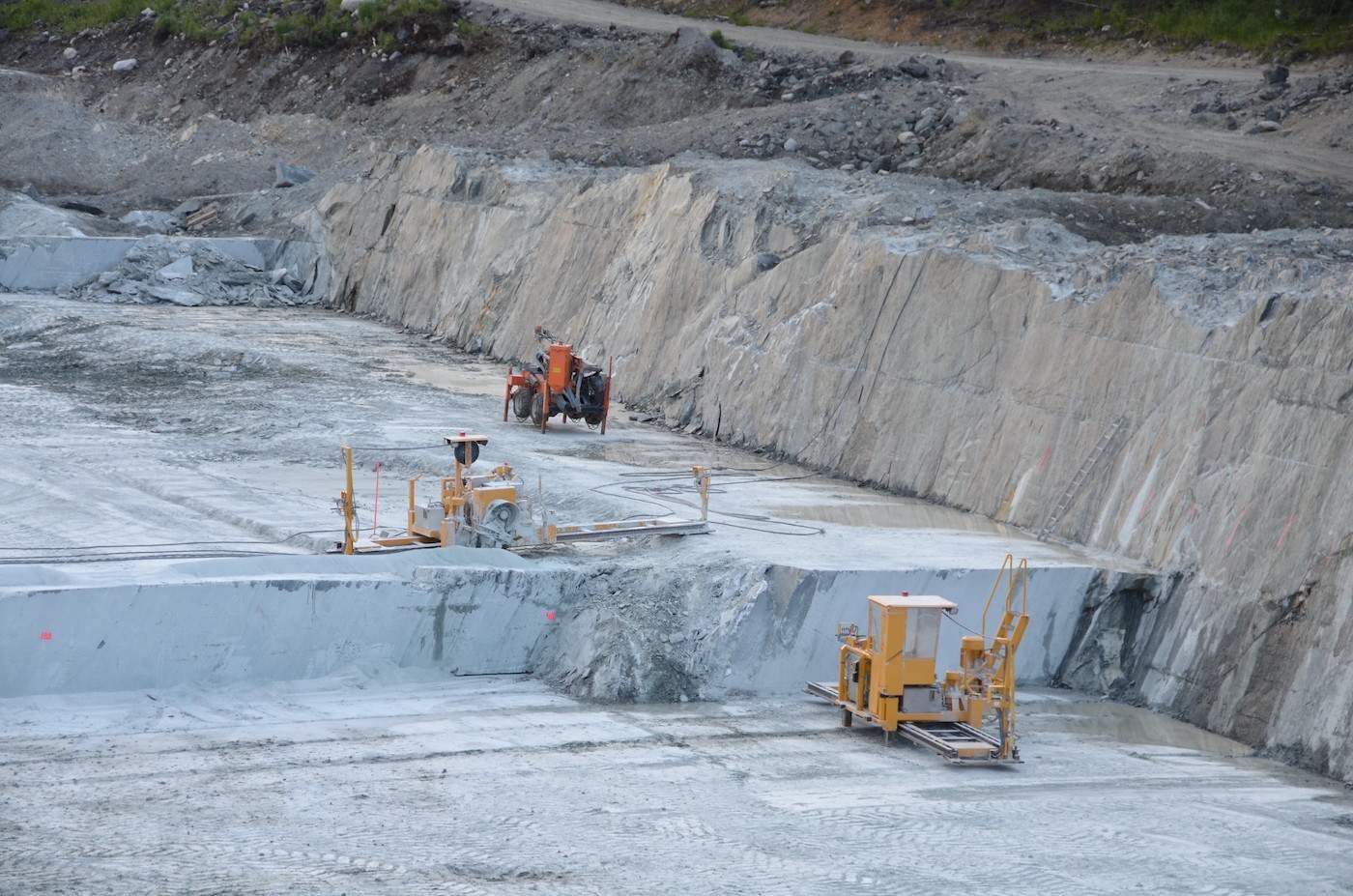
Nature’s gift to mankind: soapstone
